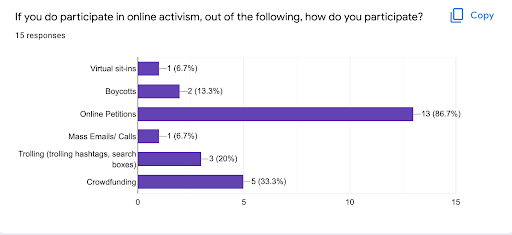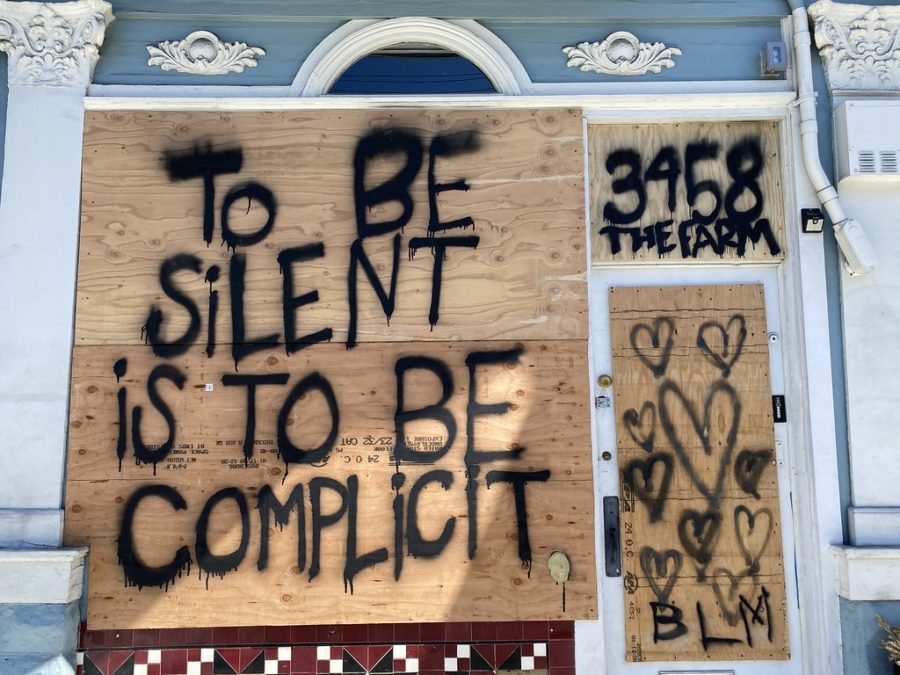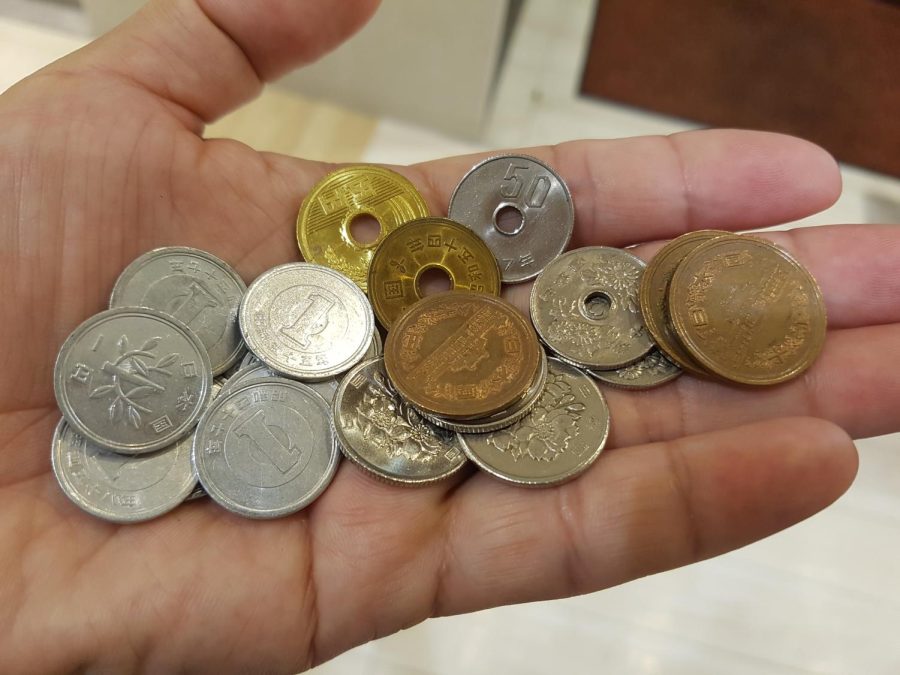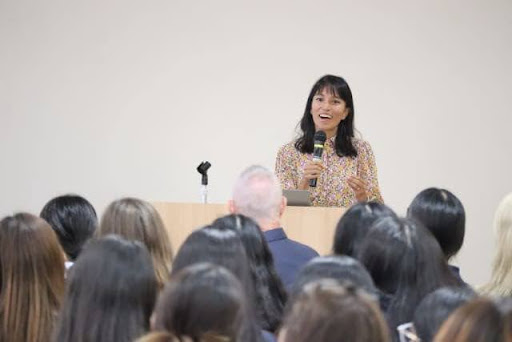How to go beyond spreading awareness
Online activism and protests

Geralt on Pixabay
Through social media, people from all across the world can support and learn about a local issue from miles away and at the same time people from the smallest cities can learn about a bigger issue.
Throughout history, people have found innovative ways to protest through many challenges. Whatever challenge was faced, protests could never be stopped. In November 2015, in France, when large demonstrations were banned in light of terrorist attacks, environmental protesters placed empty shoes in front of the Place de la Republic. In 2019, in Sudan, where Omar al-Bashir removed credentials from domestic households if they reported on the protests and banned social media, the people used VPNs to post information about the protests and police brutality on social media.
Similarly, during the age of the pandemic and social distancing, when protesters couldn’t go out and meet each other, they protested through digital protests. In a survey conducted among the high schoolers at Sacred Heart 80% of people said that they had taken part in spreading awareness online. Reposting posts and videos, writing informative blogs, sharing crowdfunding websites, using hashtags, and having discussions within forums were some of the ways online awareness was spread through social media.
Three doctors, Jayaprakasam Madhumathi, Balaji Veeraraghavan, Kamini Walia, and a representative from the WHO country office in India, Rina Sinha, in an article titled “Use of “Social Media”—an Option for Spreading Awareness in Infection Prevention” stated that social media is “an easily accessible and open platform to express opinions and discussions on any global topic or matter of concern.” Being easily accessible, spreading awareness on social media reaches millions of people and can include people who have never been part of this process before. People from all across the world can support and learn about a local issue from miles away and at the same time people from the smallest cities can learn about a bigger issue.
Of course, spreading awareness is immensely important to bringing justice, but it is only the first step. Bringing change requires a lot more than spreading awareness through reposts and Instagram stories. Knowing about an issue isn’t enough to achieve political and social change. We need to protest and take action to see real change.
Due to the large reach and connections social media brings, could it be an effective tool to protest? A book titled, “World Protests, A Study of Key Protest Issues in the 21st century” written by Isabel Ortiz, Sara Burke, Mohamed Berrada, and Hernán Saenz Cortés lists online activism methods. Some of these methods include petitions, mass emails/ phone calls, trolling, crowdfunding, virtual sit-ins, and organizing in-person events through social media.
According to the survey of ISSH, out of the high schoolers who participated in online activism, 86.7% of them participated in online petitions.

(Khwaish J.(’24))
Petitions are one of the most common forms of online activism. The biggest predicaments with petitions are the reliability of the source of the petition, as well as whether or not the issue is something a petition can solve. For example, signing a petition for an issue with an organization that doesn’t care about activists’ opinions or signing a petition against a totalitarian government does little good, as the organization or regime won’t change because of what a few thousand people think.
On the other hand, in democratic governments, petitioning against a law or a government action could be an effective way to inform governments or companies which depend on public support about people’s views on certain issues. For example, according to Colibri digital marketing, Cindy Butterworth started a petition on change.org to make Verizon, a wireless network operator, waive cancellation fees for domestic abuse victims. This petition got 200,000 signatures and resulted in the cancellation of this fee by Verizon.
Other methods of online activism were performed by less than 35% of the surveyed students who participated in online activism.
One method of online activism includes boycotting online. Boycotting has been used as a form of protest for a long time in history, including the boycott of western clothing in India during the British rule over the Indian economy. Boycotts can also be organised online providing us with a simple way to protest. One recent example is the boycotting of Lazada, an e-commerce company in Thailand. In 2022 May, Thai loyalists saw a promotional video by Lazada as mocking the royal family. The Thai army as well as several Royalists protested against this by boycotting the company and receiving an apology from them. Therefore, one of the ways to protest for a certain cause is to boycott online companies and websites that follow or practice the specific cause.
Another uncommon and controversial form of online activism is trolling. Although trolling usually has negative connotations to it, recent examples have shown it can achieve a specified goal or bring attention to a cause. The trolling by Kpop fans in 2020 is one such example that helped citizens

and political consultants take notice. Kpop fans managed to book about 13,000 seats in one of Trump’s presidential rallies in Tulsa, with no intention of showing up. They managed to get only 6,000 people to show up to a rally which according to Trump had been requested by a million people.
Another way internet trolling is used is by filtering out search boxes and hashtags, by making something the most searched, or by stopping people from viewing posts and resources in a particular hashtag. One example of this is the trolling of #Whitelivesmatter by posting images of Korean pop idols. One of the biggest problems with internet trolling despite its effectiveness is that it can easily be misused and usually needs several other protest mechanisms to achieve an intended goal.
Through the survey of high schoolers in Sacred Heart, it was found that one of the biggest concerns with online activism is finding trusted resources. One of the most essential ways includes comprehensive research. Searching for the impacts of the organisation and other protests is key to finding reliable sources. One of these organisations is Global Citizen, whose goal is “ achieving the end of extreme poverty for everyone, everywhere.” One of the successful impacts of a protest from Global Citizen is the repealing of sections 199 and 200 of its legal criminal code which helped decrease discrimination against women and girls in Malta.
Further, the action taken should be something that could help the cause. Many online websites ask you for money for crowdfunding or ask you to sign petitions with no real change. Crowdfunding against a law, for example, would be impractical.

Of course, online protests have their disadvantages and cannot be used alone to make a big change. However, through online activism, we can help and further strengthen protests. This new era of protests allows people who are usually uninvolved in protests to participate in further free speech and protest. It allows people who are away from a conflict to protest from anywhere else. It provides a place for people to make connections with people with common goals and interests. Jennifer Brea’s activism around chronic health issues is a spectacular example of this. Many people who are bed-bound and would usually not be involved in in-person protests, can have a part in these protests. Another example is the #MeToo movement which is used to empower people to share stories of their sexual assault and bring to light how common it is.
Through social media, people from all around the world have an opportunity to share their stories with everyone and join together virtually. Online activism with in-person protests together can work to make bigger changes and can help protests all around the world.























































